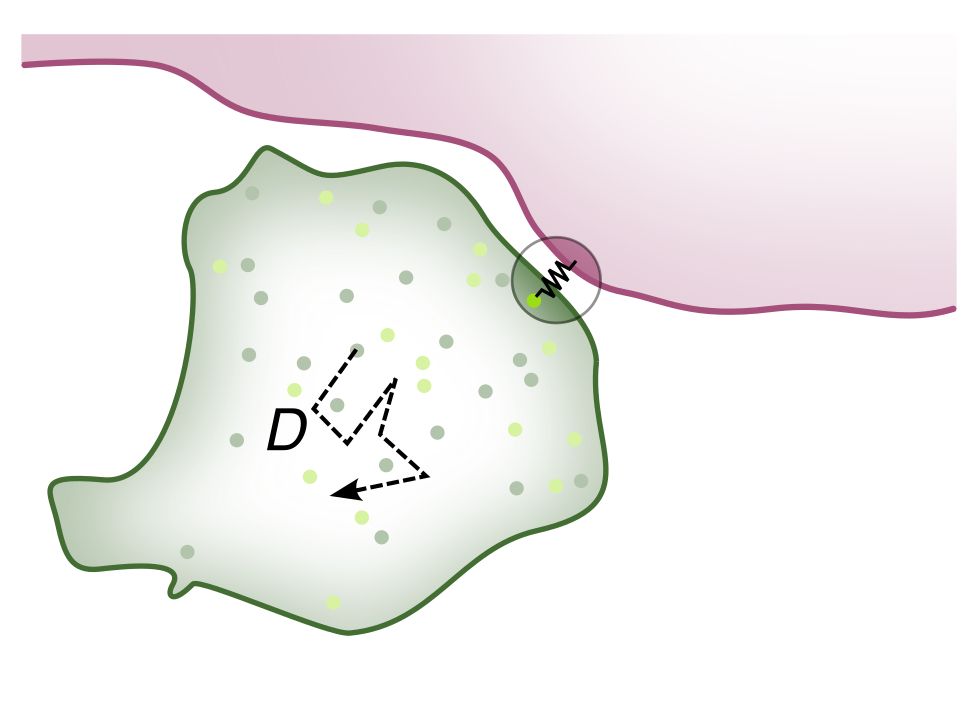
The mighty yeast reveals what we believe are general principles of centromere evolution!
Behind the curtain: communities.springernature.com/posts/counti...
#MEvoSky 🧪🌎
The mighty yeast reveals what we believe are general principles of centromere evolution!
Behind the curtain: communities.springernature.com/posts/counti...
#MEvoSky 🧪🌎
True for the nuclear envelope too - we provide data on NPC-microtubule interactions in Ichthyosporea
Repulsive particle interactions at cellular interfaces enable selective information processing (arxiv.org/abs/2506.14739)
Where we explore how the physical properties of living systems can help cells process spatial information.

True for the nuclear envelope too - we provide data on NPC-microtubule interactions in Ichthyosporea
@hashimreza.bsky.social

@hashimreza.bsky.social


